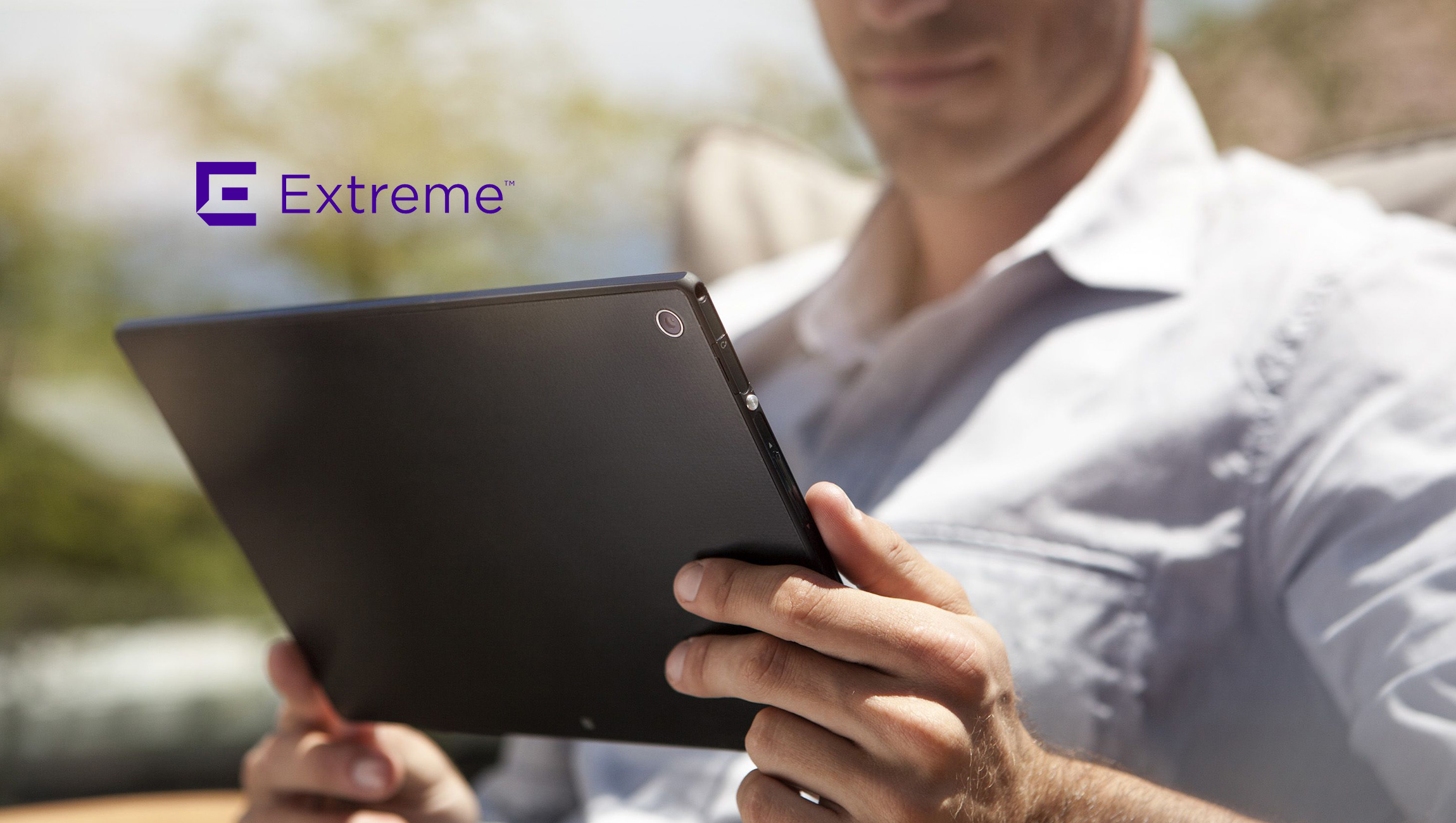The key to driving business success is by understanding consumers.
Consumer trends are changing more rapidly than ever before. All too often, competitive pressures compel marketers to meet this demand by launching products, or creative at rapid-fire. This can turn out poorly in a very public setting, with the social media era putting brand reputation, product design, campaign messaging, and product launches under the microscope. But costly Marketing mistakes can be avoided by involving consumers themselves. Using consumer insights companies can spotlight key messaging and strategies in order to resonate appropriately with their audiences.
Marketing teams need to be nimble enough to meet the needs of company stakeholders while providing insights and recommendations that inform strategies to create successful campaigns. To do that, they must develop a proactive, insight-driven game plan. In most cases, consumer insights support the product life cycle and go-to-market planning. However, in today’s new market landscape, consumer insights can do much more.
1. Test Messages Early, and Often on All Topics
Early-stage message testing can determine what is resonating with consumers, as well as establish what sort of initiatives need refinement.
For example, take socially conscious months like Pride, where brands get involved in any number of ways. Men’s grooming brand Harry’s pledged to donate 100 percent of profits from a specialized shave kit to a charitable organization, while ridesharing company Lyft launched a hashtag campaign and updated its app to include a range of inclusive pronouns.
Company authenticity is a difficult line to walk for brands that do not have an established public CSR presence. In general, customers do not appreciate brands simply using celebratory months like Pride as empty Marketing ploys, and those brands cannot only participate using a superficial show of support.
Connecting with customers and message testing can refine your plan to improve your company’s social impact and better relate to consumers who prefer brands that legitimately engage with marginalized communities and social causes. Consumer insights are a critical component of message testing – and apply to all facets of message testing, from ad hoc messages to CSR efforts, through to full campaigns.
2. Support Innovative Thinking with Consumer Insights and Adapt
Businesses are consistently trying to obtain a competitive advantage. Consumer insights have the ability to accurately identify which innovative ideas will ultimately yield success or help marketers spot trends or new product types to truly resonate with a target audience.
The widespread closures of brick-and-mortar legacy brands offer a great illustration of these challenges. While other brands had to close up shop because they didn’t feel the need to adapt to the digital age, the luxury department store Nordstrom didn’t rest on its laurels. Instead, the brand understood changing consumer shopping preferences expanded beyond its discount locations like Nordstrom Rack to embrace consumer preferences for new, innovative customer experiences.
The company’s Nordstrom Local outposts in New York adapt and cater to the needs of the region-specific customers they serve and are hubs for online pickups and returns — all while offering bespoke services like alterations and tailoring, in-house styling and more.
Outside-the-box ideas like separate but distinct mini-locations could have been misconstrued as to niche. But similar brands can use insight-driven results to determine how digital-focused modern shoppers want products in the fastest and simplest way possible — and on their own terms — by taking advantage of consumer insights and trends to keep innovating.
3. Understand How Your Brand May Be Disrupted
To evolve your brand and ensure that you don’t lose market share, marketers must keep an eye on industry disruption. One way to do so is to embrace the use of real-time consumer insights to have a laser focus on the current demands of the contemporary customer. This allows marketers and brands to stay one step ahead of what customers are looking for and deliver accordingly. For brands, this can seem like a somewhat daunting task as it could involve rethinking the current business model entirely or the need to change consumer perceptions about the company or the industry in which it operates. However, as we’ve seen time and time again, the cost of failing to identify disruption is much higher.
With an ear to the ground through consumer insights, one can see that customer expectations are evolving. The convenience of e-commerce is no longer a novelty and is absolutely expected of a brand that wants to survive in today’s retail landscape. With that, certain brands have pushed this demand for convenience to the next level and have disrupted industries through a DTC or subscription-based model. Dollar Shave Club and Harry’s took the relatively bland market of disposable razors and turned it on its head through a subscription-based model and filled a reoccurring need for consumers.
People will always need to replace their razors after a certain amount of use, why not offer a subscription which adds convenience for the consumer and a recurring revenue model to an industry where that did not previously exist? Other brands like Warby Parker have gotten creative with this model allowing customers to order multiple pairs of glasses to try on and send back the ones they do not like. And still, other brands have used the DTC model to encourage product discovery through sample boxes. All of these examples and the success of each brand mentioned points to how brands can identify opportunities to disrupt by monitoring consumer habits and preferences.
Tapping consumer insights allows established brands to recognize how to tip the disruptive balance to develop new and better customer/brand associations like these ascendant DTC brands. The ability to be nimble and adapt to consumer preferences has had big payoffs for brands that were the first to gain notoriety for this business model. For example, Walmart acquired Bonobos, Schick acquired Harry’s and Target announced partnerships with multiple DTC brands like Harry’s, Flamingo and Quip to offer products in-store. As the retail landscape continues to shift there will be countless opportunities to identify trends and act accordingly to be the next brand to disrupt an industry. Harnessing on-demand consumer insights gives a brand a huge leg up on the competition to be able to do so.
Read more: Successful E-Commerce Personalization Starts with the Right Data












Comments are closed.